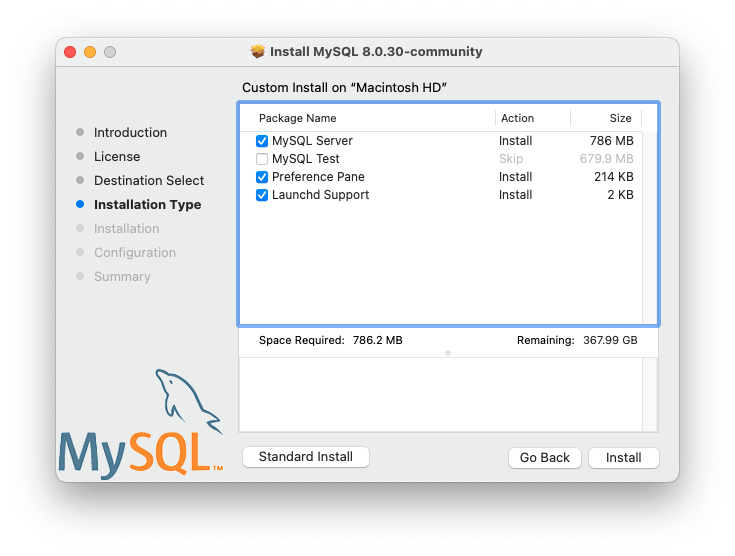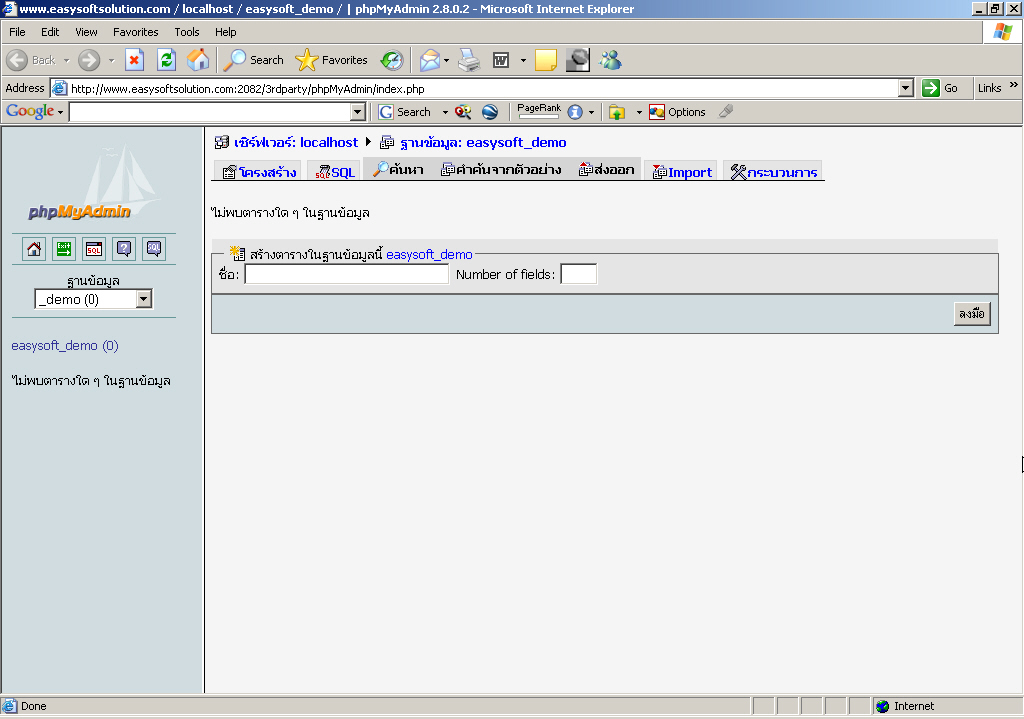- Install Mysqldump Windows 7
- Install Mysql Server Windows 10
- Install Mysqldump Windows 10
- How To Install Mysql Server
2.3.6.5 Starting MySQL Server from the Windows Command Line
The MySQL server can be started manually from the command line. This can be done on any version of Windows.
The MySQL Notifier GUI can also be used to start/stop/restart the MySQL server.
To start the mysqld server from the command line, you should start a console window (or “DOS window”) and enter this command:
The path to mysqld may vary depending on the install location of MySQL on your system.
You can stop the MySQL server by executing this command:
If the MySQL root user account has a password, you need to invoke mysqladmin with the -p option and supply the password when prompted.
If you have an online connection while running the MySQL Installer, choose the mysql-installer-web-community file. If you do NOT have an online connection while running the MySQL Installer, choose the mysql-installer-community file. Note: MySQL Installer is 32 bit, but will install both 32 bit and 64 bit binaries. Online Documentation. How to Install MySQL 8.0 (on Windows, Mac OS X, Ubuntu) and Get Started with SQL Programming. This article is applicable to MySQL 8.0, which is the successor of MySQL 5.7, where 5 was dropped?! Introduction to Relational Database and SQL Relational Databases. A relational database organizes data in tables. Install MySQL via MySQL Installer. To install MySQL using the MySQL installer, double-click on the MySQL installer file and follow the steps below: Install MySQL Step 1: Windows configures MySQL Installer. Install MySQL Step 2 – Welcome Screen: A welcome screen provides several options. Sep 21, 2015 On thi video How To Install mySQL in Windows 10 I will show you on how to install and configure mySQL 5.6.26 in Windows 10 so that you can use it as a server from where client PC's can connect to. Mar 24, 2009 This article describes how to install MySQL on Windows, but versions are available for Mac, Linux, and several other operating systems. All-in-One packages.
This command invokes the MySQL administrative utility mysqladmin to connect to the server and tell it to shut down. The command connects as the MySQL root user, which is the default administrative account in the MySQL grant system.
Users in the MySQL grant system are wholly independent from any login users under Microsoft Windows.

Install Mysqldump Windows 7
If mysqld doesn't start, check the error log to see whether the server wrote any messages there to indicate the cause of the problem. By default, the error log is located in the C:Program FilesMySQLMySQL Server 5.1data directory. It is the file with a suffix of .err, or may be specified by passing in the --log-error option. Alternatively, you can try to start the server with the --console option; in this case, the server may display some useful information on the screen that will help solve the problem.
Install Mysql Server Windows 10
Mysql -uyourusername -pyourpassword databasename dump/file.sql and to find out the path to dump the file to (i.e. The top level of your host type cwd at the bash prompt.
The last option is to start mysqld with the --standalone and --debug options. In this case, mysqld writes a log file C:mysqld.trace that should contain the reason why mysqld doesn't start. See Section 22.4.3, “The DBUG Package”.
Install Mysqldump Windows 10

How To Install Mysql Server
Use mysqld --verbose --help to display all the options that mysqld supports.